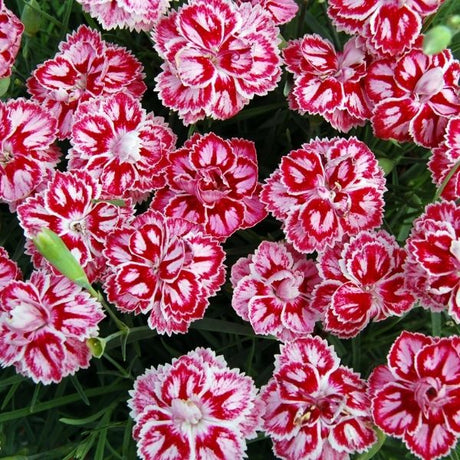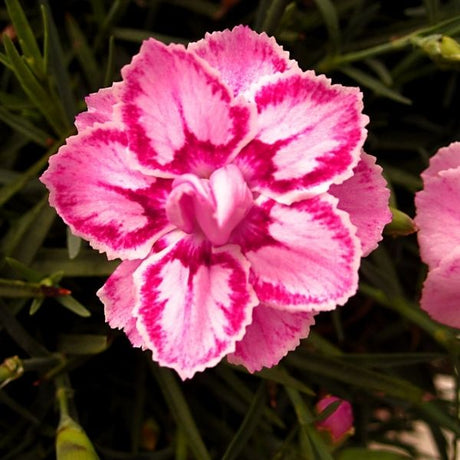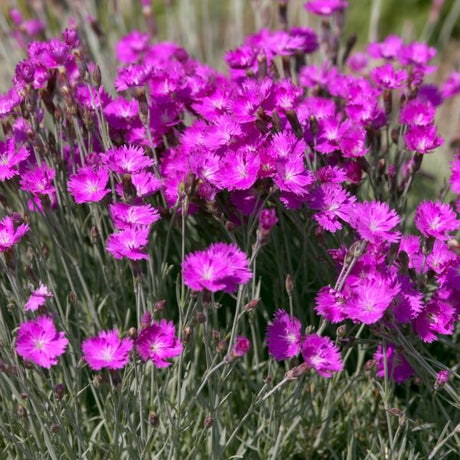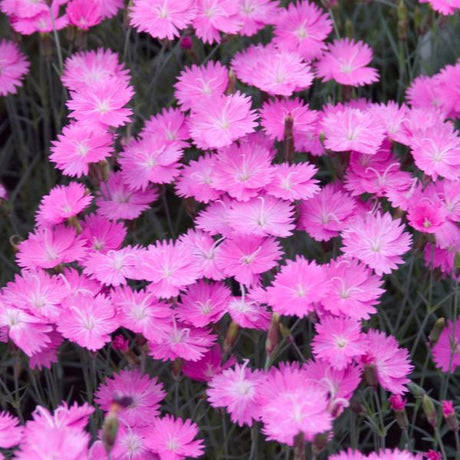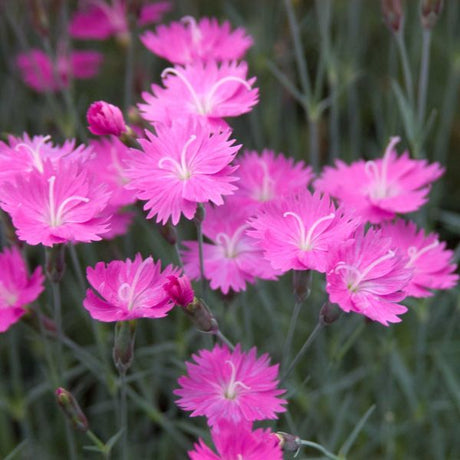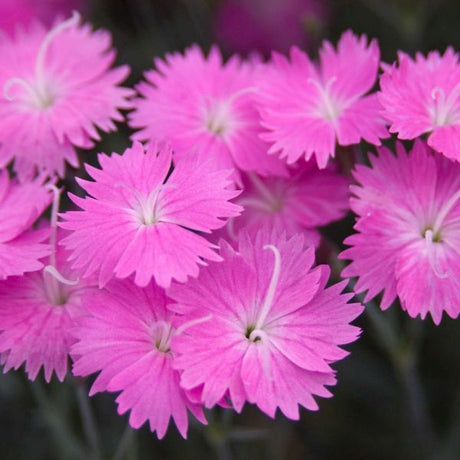-
EverBloom™ Red Delicious Dianthus
Dianthus × ‘Red Delicious’
Regular price $2954Unit price /Unavailable -
Dianthus 'Paint the Town Red'
Regular price $3438Unit price /Unavailable -
-
Dianthus × allwoodii 'Frosty Fire'
Regular price $2951Unit price /Unavailable -
-
STAR SINGLE™ Eastern Star Dianthus
Dianthus 'Eastern Star'
Regular price $2992Unit price /Unavailable -
Delilah™ Bicolor Magenta Dianthus
Dianthus plumarius ‘Bicolor Magenta’
Regular price $2952Unit price /Unavailable -
Paint The Town Fuchsia Dianthus
Dianthus x 'Paint the Town Fuchsia'
Regular price $3434Unit price /Unavailable -
Paint The Town Magenta Dianthus
Dianthus x 'Paint the Town Magenta' PP29,222
Regular price $3428Unit price /Unavailable -
-
EverBloom™ Strawberry Tart Dianthus
Dianthus x 'G18144'
Regular price $2954Unit price /Unavailable -
Up to 12% off
Dianthus gratianopolitanus 'Firewitch'
Sale price From $4583 Regular price $5208Unit price /Unavailable -
Sold out
-
Sold out
-
Sold out
Dianthus: A Classic Garden Favorite!

Dianthus, known as Pinks, and closely related to Carnations and Sweet William, is a hardy, herbaceous perennial loved for its bright, fragrant blooms and evergreen foliage!
The name Dianthus comes from the Greek words dios (God) and anthos (flower), making it the 'flower of the gods'. With over 300 species, Dianthus offers endless possibilities for gardens!
From borders and mixed plantings to container gardens and cut flower displays. These easy-to-grow plants thrive in moderate climates with full sun and well-drained soil, blooming in spring, summer, and fall while keeping their dark green foliage evergreen in milder regions.
Why Plant Dianthus?
- Bright, Fragrant Blooms – Available in shades of pink, red, purple, and white. Many new hybrids have double blooms and multi-color flowers.
- Evergreen or Semi-Evergreen Foliage – Year-round interest and texture.
- Deer Resistant– Ideal for wildlife-prone areas.
- Pollinator Friendly – Attracts butterflies and beneficial insects.
- Easy to Grow and Maintain – Thrives in well-drained soil and neutral to alkaline pH.
- Reblooming Varieties – Long flowering season with deadheading or light pruning.
Using Dianthus In The Garden
Dianthus is versatile and works beautifully in various garden settings!
- Borders and Edging – Plant along paths or mixed perennial borders for bursts of color.
- Containers and Raised Beds – Great for patios and decks with excellent drainage.
- Pollinator Gardens – Provide nectar for butterflies and other beneficial insects.
- Cut Flower Gardens – Perfect for bouquets with its clove-like scent and long-lasting blooms.
- Rock Gardens and Xeric Landscaping – Established Garden Pinks become low-maintenance, hardy perennials that thrive in rocky, well-drained soils.
- Mass Planting for Impact – Plant Dianthus in clusters or mass plantings for a bold display of continuous color. Great for filling large open spaces or creating a floral carpet effect. Slow erosion and rainwater runoff on hard-to-mow hillsides and slopes!
- Groundcover – fill bare spots in the garden or plant colorful living mulch throughout your garden beds and borders!

Dianthus Planting & Care Tips
Dianthus are low-maintenance perennials but thrive with the right care:
Planting
- Choose a sunny location with well-drained soil.
- Avoid wet soils, especially in winter.
- Plant in neutral to alkaline soil for best results.
Watering & Fertilizing
- Water consistently but avoid soggy conditions.
- Use an all-purpose fertilizer every 6–8 weeks during the growing season.
Pruning & Maintenance
- Deadhead spent flowers or cut back mounding plants to encourage reblooming later in the season.
- Divide plants every 3–4 years by digging and splitting the base, then replanting.
- Provide good air circulation and avoid heavy mulching—light mulch at the base is sufficient.
Fragrance & Color For Your Garden
Dianthus Garden Pinks are essential perennials for gardeners seeking colorful blooms, fragrant flowers, and year-round foliage. Its easy care, deer resistance, and versatility make it perfect for borders, containers, and pollinator gardens.
Explore Nature Hills Online Plant Nursery for your favorite Dianthus varieties and transform your garden into a vibrant, fragrant paradise! Order now!

FAQ's for Buying Dianthus Online
Do Dianthus plants bloom more than once?
Do Dianthus plants bloom more than once?
Yes, many Dianthus varieties are reblooming and will flower from spring through fall, especially with regular deadheading.
Are Dianthus good for containers and small gardens?
Are Dianthus good for containers and small gardens?
Absolutely! Their compact size, evergreen foliage, and bright blooms make them ideal for pots, raised beds, and tight borders.
Do Dianthus attract pollinators?
Do Dianthus attract pollinators?
Yes, Dianthus flowers attract butterflies and other pollinators with their nectar and clove-like fragrance.
Are Dianthus deer resistant?
Are Dianthus deer resistant?
Dianthus is considered deer resistant, making it an excellent choice for landscapes prone to wildlife browsing.
How do I care for Dianthus in winter?
How do I care for Dianthus in winter?
In milder zones, Dianthus can stay semi-evergreen. Avoid heavy mulch, and ensure the soil is well-drained to prevent rot in colder months.




